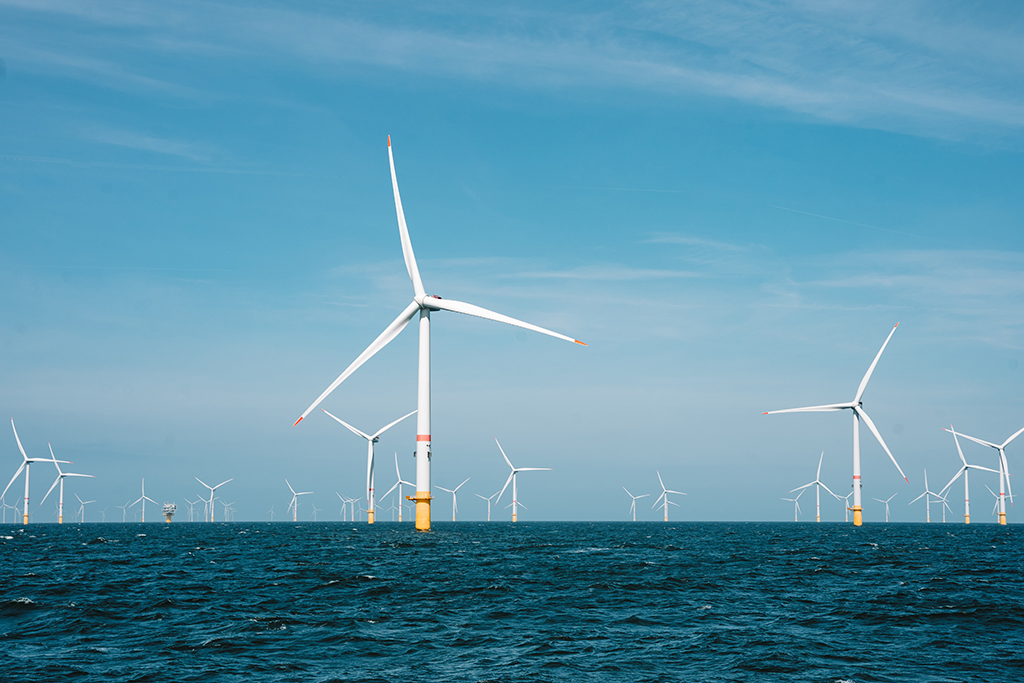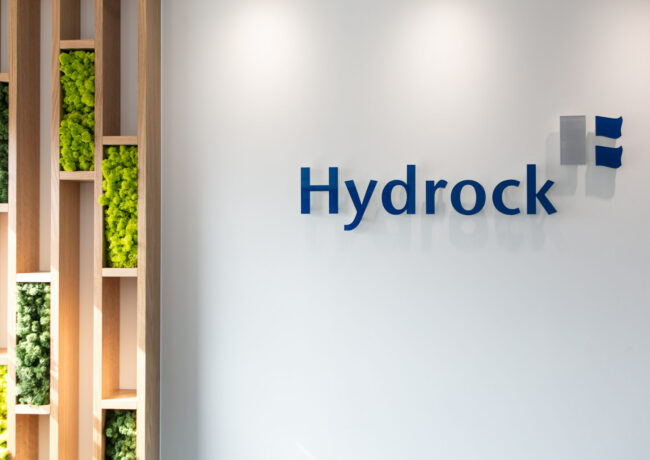Commentary
Transforming the world’s most precious currency
If the price of tomatoes becomes too high, we can do without. But there’s no alternative to energy, whatever the price, writes Jeremy Hinds of Savills.
If you weren’t convinced of the pre-eminence of power 12 months ago, your latest energy bill will have pressed home the point.
What’s more, our insatiable thirst for energy is costing us dearly. The environmental impacts of ‘dirty’ energy can be seen in every slice of society, from the vehicles we drive, the things we manufacture and build, and, of course, the way we heat our draughty homes.
Yes, we need to tackle overconsumption. We must make less, use less, travel less. But we’ll still need energy, whatever version of our future you subscribe to. It’s crucial that we fix it. And quick.
Things are changing. But is it fast enough?
Energy is evolving, but what will it look like?
Humans are ingenious beings and we’re innovating at a rate of knots to find inventive sources of renewable energy. But the front runners in our arsenal of clean sources are still wind, water, sun and nuclear.
It doesn’t take much to identify which technology is best suited to a country: the North Sea is the windiest place on earth, whereas solar panels work particularly well in California – although they still work well in not-so-sunny Blighty.
Offshore wind is a huge success story for the UK. Until 2021, when it was overtaken by China, Britain had installed more offshore wind capacity than any other country in the world. It now accounts for 36% of British electricity.
But our electrical grid must also keep pace if we’re to maintain the rate of growth in the sector.
What role is the planning system playing to encourage, rather than hinder, our energy revolution?
What does the UK’s planning system say about energy?
Our local plans should include policies that ease the way, for example, for vital grid infrastructure to be approved and built.
At present that’s not happening. But why would they? There’s no guidance at the national planning level. NPPF encourages local plans that ‘provide a positive strategy for energy’ but doesn’t say what it should be.
How can a local plan be expected to set the right strategy on an issue that’s not only national in scale but international? It can’t. NPPF simply doesn’t offer enough guidance to expect local plans to do the heavy lifting.
Outside of planning, the UK’s energy security strategy says the right things. What it lacks is the detailed next steps on how and where we’ll deliver on big promises by 2035.
We need visionary leadership – and the right level of guidance
We need public sector intervention, at the right scale, to move us towards decarbonising our electricity system. Yet the government’s ill-conceived approval of Whitehaven’s coal mine shows just how far we are from the visionary leadership that we need.
The secretary of state considered there wasn’t a compelling case that alternative technologies to the blast furnace would come on stream with sufficient pace or certainty.
In fact, there’s a revolution happening in the steel industry and the government could have been incentivising the steel industry to bring alternative technologies online sooner. It didn’t even need to convince the industry about impending climate catastrophe. It just needed to make it worth their while. Look at Texas, for example. Its anti-green clean energy campaign proves that if investing in clean energy makes financial sense, then people will invest.
Britain was once a global superpower in energy production. The success of offshore wind shows it can be a leader again. But without a coherent spatial plan that brings all the moving parts together our credibility is at stake.
The case for a North Sea Consortium
My proposal for a national and international spatial plan isn’t so outlandish.
Take a look at the North Sea. Part of Britain’s offshore success has been down to the ideal conditions of high winds, a shallow seabed, and plentiful coastline. These same attributes benefit the other countries around the North Sea and there’s huge potential for countries with a common ambition to maximise wind power as quickly and as efficiently as possible.
How do you get to that end game if all you’ve got is a series of neighbourhoods and local plans?
It’s imperative that we get this right. But we can’t get it right on our own. Wind is shared. The problem of climate change is shared. The solution must be a shared response too.
Enter, the North Sea Consortium. It’s a prime example of where joined-up thinking, through an international spatial plan, would bring decision makers together to ensure that we capitalise upon the natural resource that’s on our doorstep.
Let’s work together. It’s not rocket science.
- Jeremy Hinds is director at Savills






If we must “make less, use less and travel less”, then the economic, cultural and societal costs must also be made clear, which at the moment they are not. As a nation we will be poorer on all these measures, while the major population centres of India and China carry on regardless
By The blob